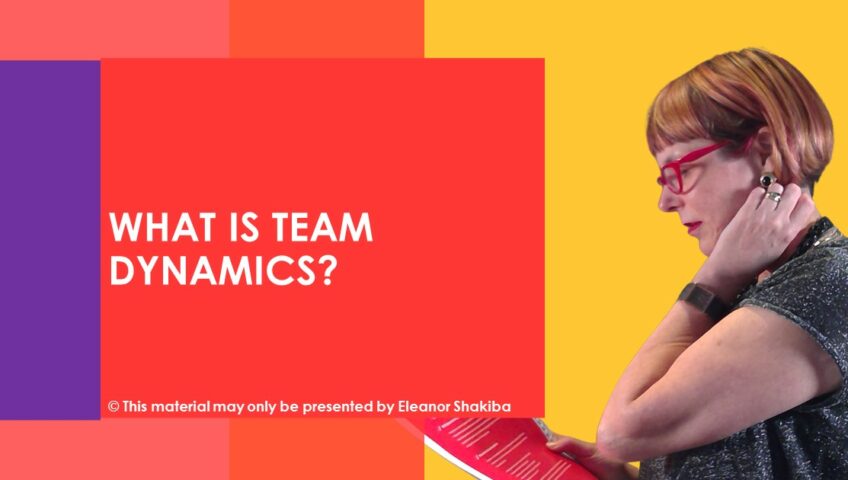You can bring together the brightest, smartest individuals to work on your team. However, without the right group dynamics, that team might not gel. Savvy leaders and L&D professionals know that team dynamics matter. Simple steps – such as increasing a group’s positivity ratio – can reap huge rewards when it comes to team building. Before beginning to work on team dynamics, though, you need a thorough understanding of team dynamics theory.
The term ‘team dynamics’ refers to the psychological factors that influence the way that a team collectively behaves and performs. These factors impact relationships and, ultimately, the group’s output. Positive psychology trainers suggest using the following techniques to boost positive psychological capital when working on team dynamics.
Create a clear vision and foster hope
Without vision, people feel lost. They will then react fearfully. Great leaders are experts in setting a clear picture of what the future will look like. Doing this makes everyone feel like there’s something worthwhile they’re working towards.
Track positivity ratios
Positivity ratios are something positive psychology trainers talk about a lot. The basic positivity ration is a ‘measure’ of the number of positive emotions someone experiences in a given timeframe, compared to the number negative feelings they have in the same period. Get your team focused on building a positivity ratio of at least 5:1.
Establish support mechanisms
To flourish, people need individualised support. This can come in the form of peer coaching sessions, resilience training, professional supervision, regular meetings with the boss or even access to external employee assistance programs. The point is to allow people to bring their authentic selves to work. It’s important, of course, to ensure that the support provided is positive. Therefore, it is usually best to engage qualified positive psychology coaches and trainers when helping individuals thrive.
Allow room to experiment
Learning is not an instant process. It requires consistent focus and reflection. This is particularly true when an old habit needs to be unlearned. Factor in time to experiment into daily workloads. Create practice fields where people can access coaches and trainers so they can make mistakes without disrupting the change agenda.
Team dynamics directly influence the behaviours of every team member. Leaders are accountable for the dynamics in their teams. With resilience training from experienced positive psychology trainers, anyone can learn how to build a thriving team with positive dynamics. Contact Eleanor Shakiba today to discuss team building strategies for your organisation.
About the author: Eleanor Shakiba
Eleanor specialises in positive psychology training and coaching. She works with HR and L&D teams create vibrant organisational cultures, by delivering training that makes a difference. Eleanor’s qualifications include degrees and diplomas in Social Anthropology, Positive Psychology, Counselling, Coaching, Adult Education and Neuro Linguistic Programming. Her passion is fostering the success of ‘positive deviants’ in the workplace. Download a copy of Eleanor’s free ebook Positive Psychology Toolkit for HR and L&D Practitioners.
